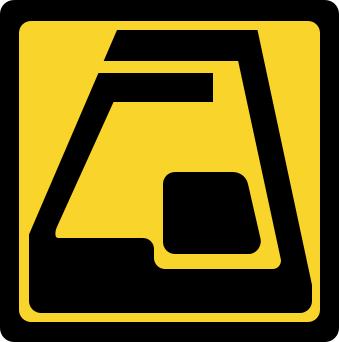.gif)
About Tehran
Iran, officially the Islamic Republic of Iran, is a country in Western Asia and Southern Asia. Iran is home to one of the world's oldest civilizations. The first dynasty in Iran formed during the Elamite kingdom in 2800 BC. The name "Iran", which in Persian means "Land of the Aryans", has been in use natively since the Sassanian era. It came into use internationally in 1935, before which the country was known to the Western world as Persia. Both "Persia" and "Iran" are used interchangeably in cultural contexts; however, "Iran" is the name used officially in political contexts.
The 18th-largest country in the world in terms of area at 1,648,195 km2 (636,372 sq mi), Iran has a population of around 75 million. It is a country of particular geopolitical significance owing to its location in three spheres of Asia (West, Central, and South).
Iran is bordered on the north by Armenia, Azerbaijan and Turkmenistan. As Iran is a littoral state of the Caspian Sea, which is an inland sea, Kazakhstan and Russia are also Iran's direct neighbors to the north.
Iran is bordered on the east by Afghanistan and Pakistan, on the south by the Persian Gulf and the Gulf of Oman, on the west by Iraq and on the northwest by Turkey. Tehran is the capital, the country's largest city and the political, cultural, commercial and industrial center of the nation. Iran is a regional power, and holds an important position in international energy security and world economy as a result of its large reserves of petroleum and natural gas. Iran has the second largest proven natural gas reserves in the world and the fourth largest proven petroleum reserves.
Tehran sometimes spelled Teheran, is the capital of Iran and Tehran Province. With an estimated population of 8,429,807 it is also Iran's largest urban area and city, the largest city in Western Asia, one of the largest in Southern Asia, and the 19th-largest city globally.
Contemporary Tehran is a modern city featuring many structures, of which the Azadi (Freedom) Tower and the Milad Tower have come to be symbols of Tehran itself. In 2008 Tehran was the least expensive capital in the world and the second-least expensive city globally based on the cost-of-living index presenting the best value for money in the world. Globally it stands 19th by city population, 56th by the size of its GDP and 29th by the population of its metropolitan area.
Throughout Iran's history, the capital city has been relocated many times, with Tehran being the 32nd national capital of Iran. Persian is the city's native tongue, with roughly 98% of the population able to speak and understand it. The majority of people in Tehran identify themselves as Persians.
Climate
Tehran features a semi-arid, continental climate. Tehran's climate is largely defined by its geographic location, with the towering Alborz Mountains to its north and the central desert to the south. It can be generally described as mild in the spring and autumn, hot and dry in the summer, and cold in the winter.
As a large city with significant differences in elevation among various districts, the weather is often cooler in the hilly north as compared to the flat southern part of Tehran.
Summer is usually hot and dry with very little rain, but relative humidity is generally low and the nights are cool. The majority of the light annual precipitation occurs from late-autumn to mid-spring, but no one month is particularly wet. The hottest month is July (mean minimum temperature 26°C, mean maximum temperature 36°C) and the coldest is January (mean minimum temperature −1°C, mean maximum temperature 8°C).
Although compared with other parts of the country Tehran enjoys a more moderate climate, weather conditions can sometimes be unpredictably harsh. The record high temperature is 43°C and the record low is −15°C.
Tourism and attractions
Tehran, as Iran's showcase and capital city, has a wealth of cultural attractions. The Peacock Throne of the Persian Kings (Shahs) can be found in Tehran's Golestan Palace.
Some of the well-known museums are National Museum of Iran, Saadabad Palaces Complex, Glassware and Ceramics Museum of Iran, the Carpet Museum of Iran, Tehran's Underglass painting Museum, Niavaran Palace Complex, and Safir Office Machines Museum. The Tehran Museum of Contemporary Art features the works of great artists such as Van Gogh, Pablo Picasso and Andy Warhol.
Tehran is also home to the Iranian Imperial Crown Jewels, also called the Imperial Crown Jewels of Persia, it is claimed to be the largest, most dazzling and valuable jewel collection in the world.
The collection comprises a set of crowns and thrones, some 30 tiaras, numerous aigrettes, jewel-studded swords and shields, a vast amount of precious loose gems, including the largest collections of emeralds, rubies and diamonds in the world. It also includes other items collected by the Shahs of Iran during the 2,500 year existence of the Iranian Kingdom. The Imperial Crown Jewels are still on display in the Iranian Central Bank in Tehran.
Public Transportation


metro map
metro-bus(BRT)